I’m thrilled to announce that Anime Corner interviewed Hiroyuki, the creator of Girlfriend, Girlfriend (also known as Kanojo mo Kanojo), a Japanese romantic comedy manga series that recently received an anime adaptation.
Hiroyuki-sensei provided us with interesting responses to our questions and allowed us to gain a better understanding of the series through his perspective.
The interview was conducted in Japanese by one of our staff, Juan Miro E. Vera, with the assistance and coordination of Kodansha USA. It has been translated into English and can be read below. We hope you enjoy it as much as we did!
*NOTE: We’ll refer to the interviewer as “M” and Hiroyuki-sensei as “H” throughout the interview.
M: I’m Miro from Anime Corner, an online news media platform. Hiroyuki-sensei, it is a pleasure to meet you.
H: My pleasure.
M: Okay, so to start off with the first question…
We’ve been conducting weekly polls and discovered that a large number of fans were enjoying Girlfriend, Girlfriend. Its popularity is growing, and we’d like to know if you anticipated a positive response from fans all over the world, as well as what you think is the reason for the series’ success.
H: I’m glad to hear that the anime was well-received. If you ask me if I expected the popularity, I’d have a hard time answering. The topic of, you know, two-timing itself is- I wasn’t sure if it would be accepted in Japan even while I was drawing the manga, and I was even more unsure how it would fare internationally.
Two-timing may be acceptable in some cultures, but it may be strictly prohibited in others. Because it was impossible to predict how the story would be received, I’m ecstatic that so many people are enjoying it.
As for the reason for its success, I’ve heard that Aho Girl was well received overseas, and comedic shows can be enjoyed by a wide audience, so I believe they enjoyed it because of the anime’s love comedy aspect.
M: So, in other words, when you try to write a new story that you like, do you think it will be well received?
H: I keep in mind to draw something that I would want to read and enjoy myself. That, I suppose, is the most important part.
M: Thank you very much. So, the next question is…
How were the hair colors for the main girls chosen? Was there some specific reason behind it (e.g. Saki’s red hair representing her fiery personality)?
H: There is, in fact, something of the sort. As an example, consider warm and cool colors. Saki is red, while Nagisa is blue. The quiet Nagisa, for example, has blue hair, while the emotional Saki has red hair; thus, it is easy to imagine their personalities based on their hair color. Milika has bright yellow hair to match her cheerful personality. Shino is a bit gloomy, so purple is good for her.
The names of the characters also share color-based elements. Saki’s name is derived from the redness of flowers, “Minase” and “Nagisa” are derived from water, and Hoshizaki (Rika) is derived from stars (Hoshi = star), although stars are not necessarily yellow but appear yellow. “Shino” is simply based on the color purple.
M: Thank you very much. Moving forward…
You’ve previously stated in an interview with Crunchyroll that the experience from Aho-Girl helps a lot, but we’re curious as to how you come up with and plan the series’ comedic situations. Is there any specific process you follow for inspiration?
H: I’d say that my approach to writing comedy hasn’t changed since Aho-Girl. This time, the protagonist, Naoya, is a peculiar two-timing character. From there, I imagine “what would the characters think?” and “what would they try to do in this situation?” before they butt heads. That is fundamentally how I believe a comedic scenario emerges. The comedic scenarios would not occur if they all had the same goals. Because they have opposing goals, they create a conflict, and all I have to do now is write an enjoyable depiction of that conflict.
M: So the (comedic) situations are a natural result of the personalities/goals of the characters?
H: That is something you could say. These characters are basically acting based on their personalities, and it turns into an entire manga; after that, I just produce the scenes.
M: That is incredible. It’s as if you write them naturally!
M: The next question is…
Both the main characters of “Girlfriend, Girlfriend” and “Aho Girl” love bananas. Is that one of your favorite foods, or was it just a coincidence?
H: I like bananas (laugh).
M: So that’s how it goes (laugh). To be honest, when I heard him say banana, I thought to myself, “Why banana?” and I thought it was strange based on the flow of the conversation. However, I can now see (laugh).
H: It just so happened that when Milika asked what Naoya liked, it ended up that way. Really, it could have been anything (laugh). “Well, since she’ll ask about his favorite thing, and it’d be silly if he answered with his favorite food,” I reasoned, so I questioned what it should be (laugh). Whatever his favorite food was, it would not have had a significant impact on his personality image. So I thought, “Well, then, I guess I’ll just use what I like.”
M: Thank you very much. Moving forward to the next question…
We think Hoshizaki Rika’s persistence and diligence is what makes her popular among fans. Was the “MeTuber”, Milika, inspired or influenced by anyone in particular?
H: I’m glad Milika’s character is popular. However, I didn’t have a specific person in mind as a reference for Milika. Milika, on the other hand, is based on my values as a manga artist to some extent. Despite the fact that she does things like show a glimpse of her cleavage in order to gain more fans.
[SPOILERS FROM MANGA VOLUME 7 BELOW]
Initially, she attempted to gain popularity without exposing her body, but it was the only option available to her. That concludes volume 7’s content. What she really wanted to do was something different, but she also decided, “Alright, I’ll survive as a Metuber as well” by any means necessary.
Actually, when I was trying to become a manga artist, I was drawing what I originally wanted to do, but I was having a lot of trouble. I set a goal of becoming a manga artist and did whatever it took to get there.
As a result, I’ve created a lot of works that people won’t find cool, as well as lame manga. But as a result of that, I am who I am now, and Milika shares many aspects with me.
M: Thank you very much. The next question is…
Most comedy series have some life lessons or teachings for the readers behind all the gags and jokes. Is there anything specific you’d like your fans to learn or take away from your story?
H: This series may be different from “wanting people to know.” Naoya’s way of life is not normal or desirable, but in terms of common sense, my stance is that I always try to be critical of the rightness of doing what is commonly thought to be good, and I have been drawing the manga with that thought in mind.
When I hear people say “you should do this” or “you should not do this,” I wonder, “Is that really true?” and “Is there another way to live?” I’ve been working on the manga with this concept as the backbone of the plot. So, I hope the fans feel the same way, even if only slightly.
M: I see. That’s informative. The next question will be the last one.
Watching anime is a different experience from reading manga as it includes sounds, colors, and movement. Was there any scene you were particularly impressed with the adaptation of, and did you make any requests during the production of the anime?
H: I see, I see… a scene that made an impression on me.. (thinking). Because manga is limited to using letters to express shouts and normal conversations, my mental range of expressions is limited.
However, there are several ways to say it through voice acting that make me think, “Ah, you can say this part like that! It’s interesting how it gives a different impression,” and because they add their own flavor to the anime, it gives me the impression that there is a greater variety of expressions than in the manga.
M: With that, I’d like to thank you for taking the time to attend this interview session, Hiroyuki-sensei.
H: Thank you very much.
That concludes the interview.
The interviewer, Juan Miro E. Vera, is a fan of Girlfriend, Girlfriend. He was very excited during the session and had several other questions in mind, but we wanted to respect the timings, and we appreciate the team allowing him to ask one more question after the final one at the end.
We’d like to express our gratitude to Kodansha and creator Hiroyuki for agreeing to an interview about Girlfriend, Girlfriend and assisting us throughout the process.
In addition, we’d like to thank Bushido Samurai, Jay Agonoy, Kelly Lu, Marko Jovanovic, and the rest of the Anime Corner staff for their help throughout the process.
If you enjoyed reading the interview, please visit Kodansha’s website to support the official release. Likewise, you can legally watch the anime adaptation on Crunchyroll. It is also legally available to stream for free on Musa Asia’s YouTube channel.
Official Twitter: @kanokano_kc and @kanokano_anime
Official Anime Website: kanokano-anime.com
Girlfriend, Girlfriend © Hiroyuki/Kodansha Ltd.

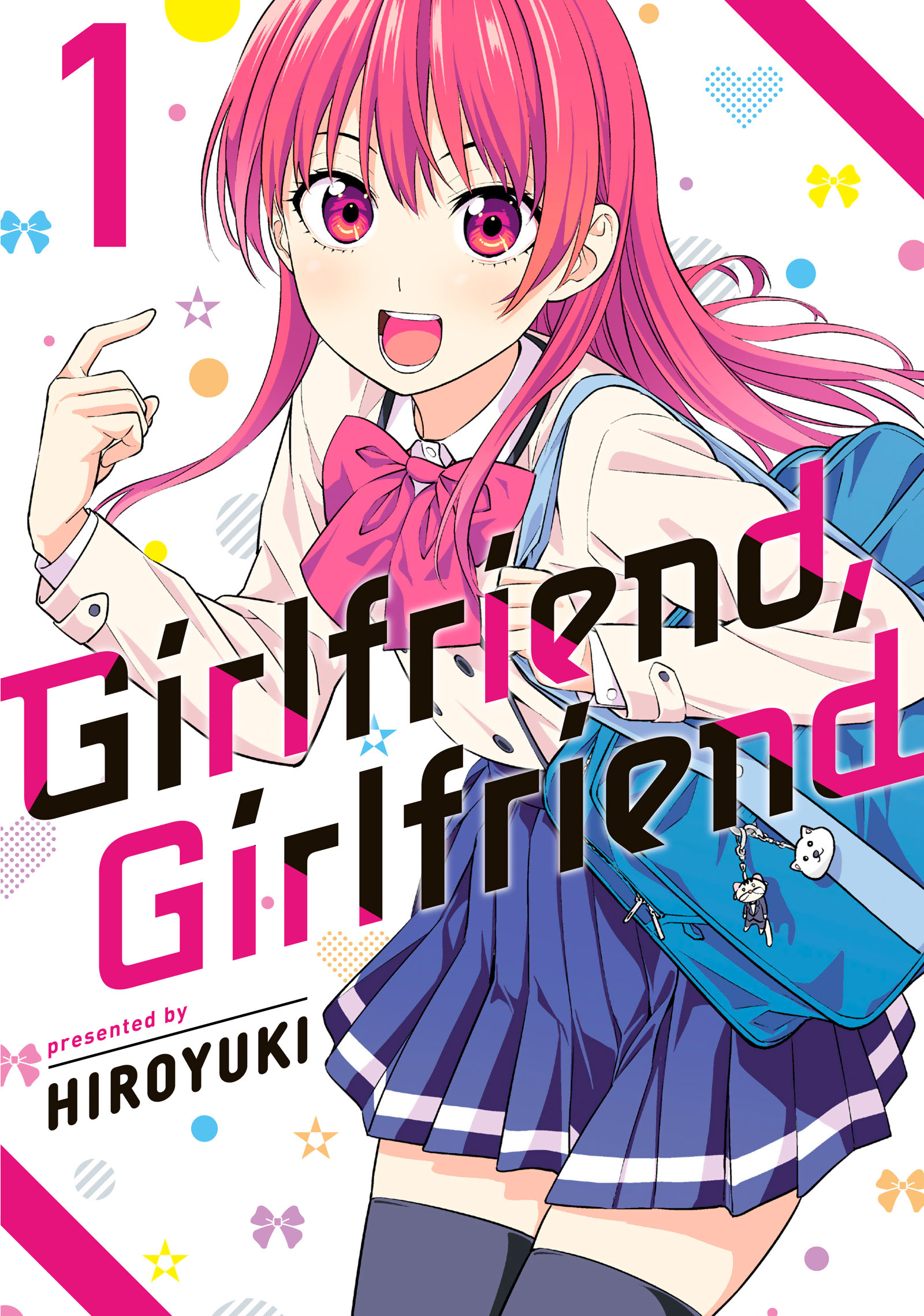
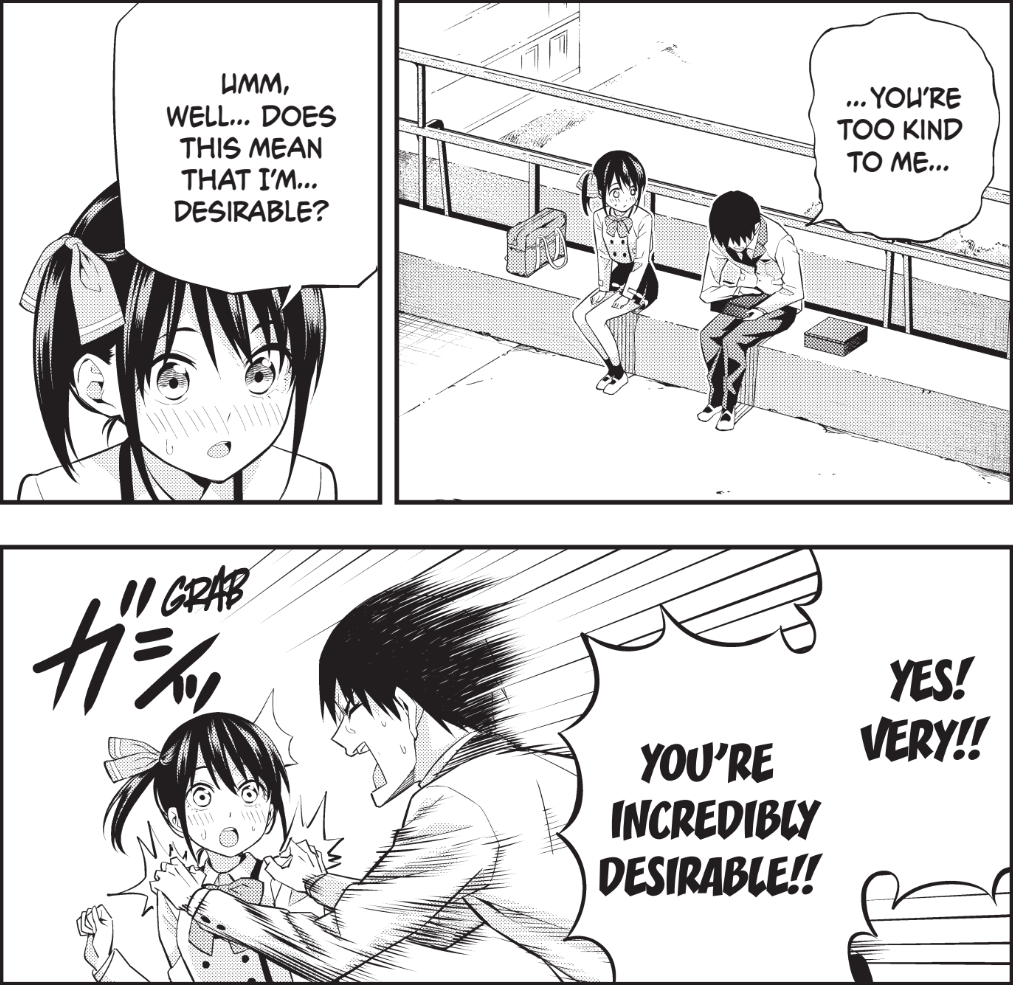
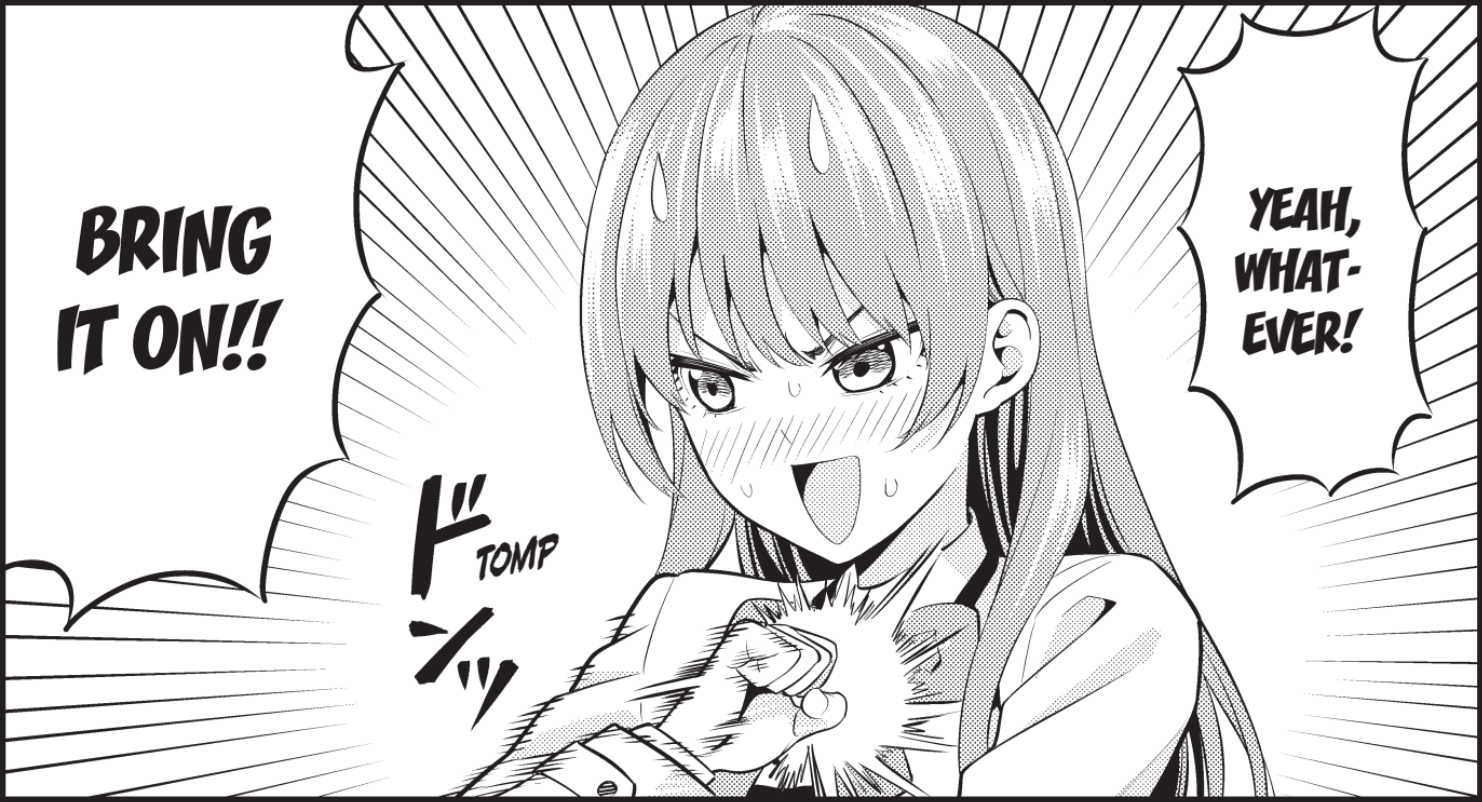
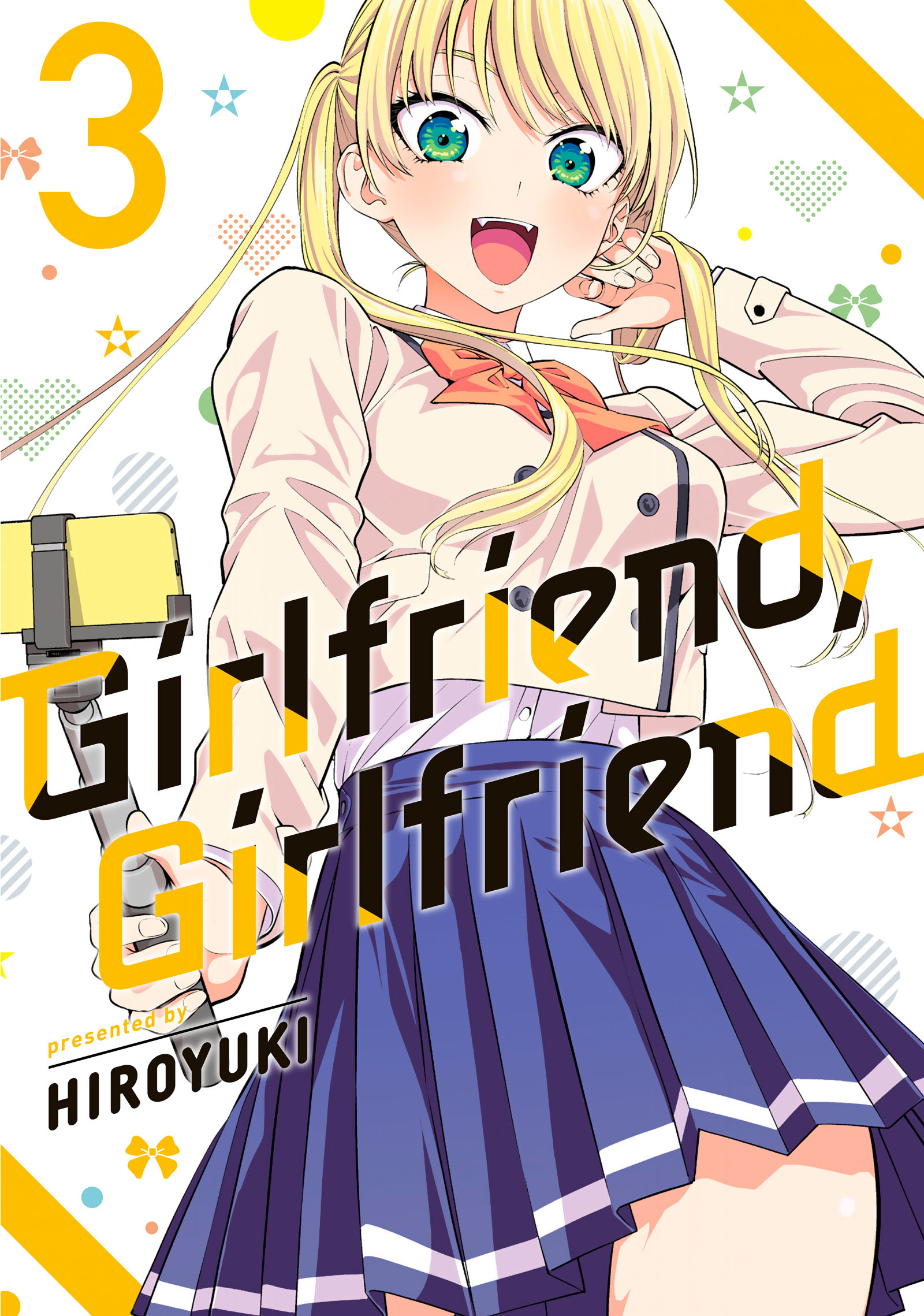
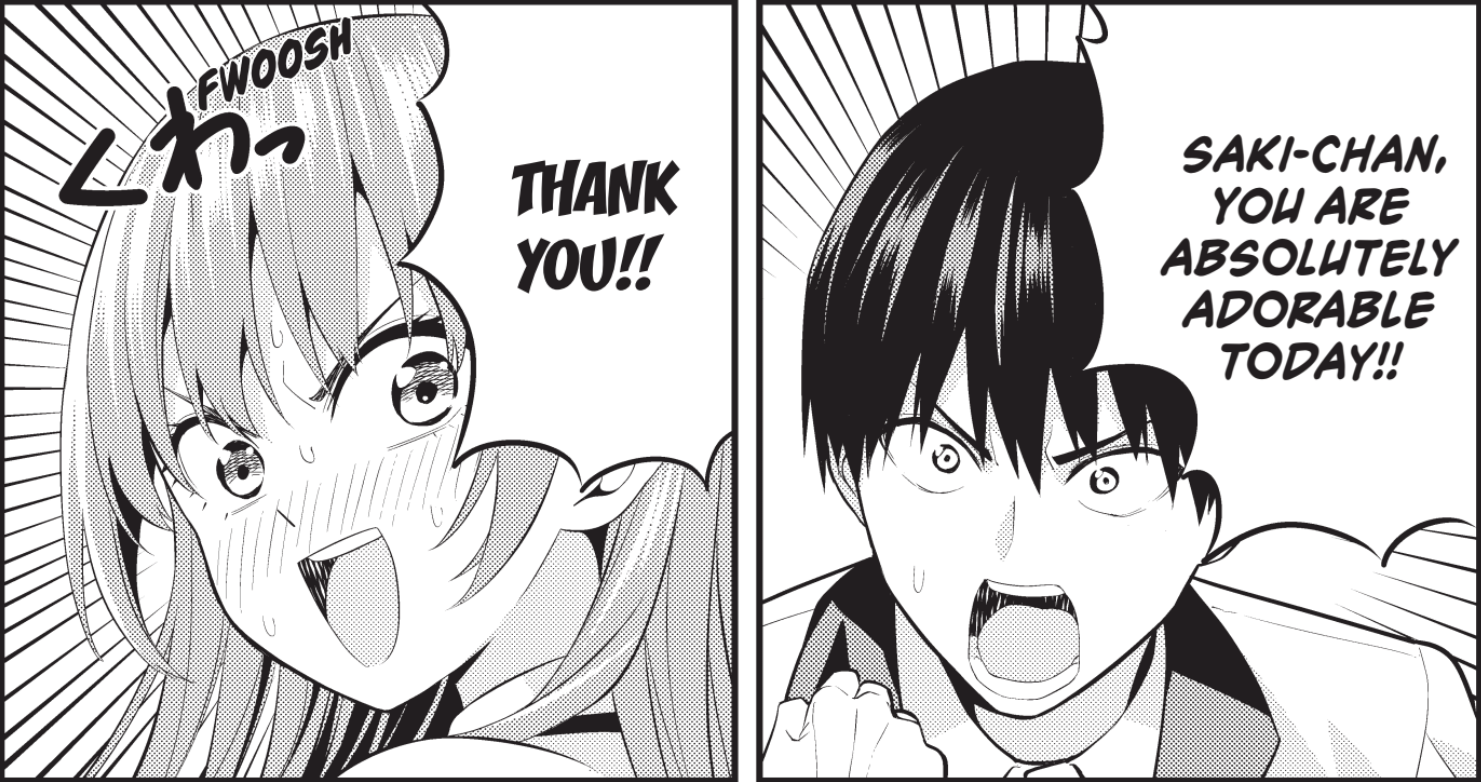
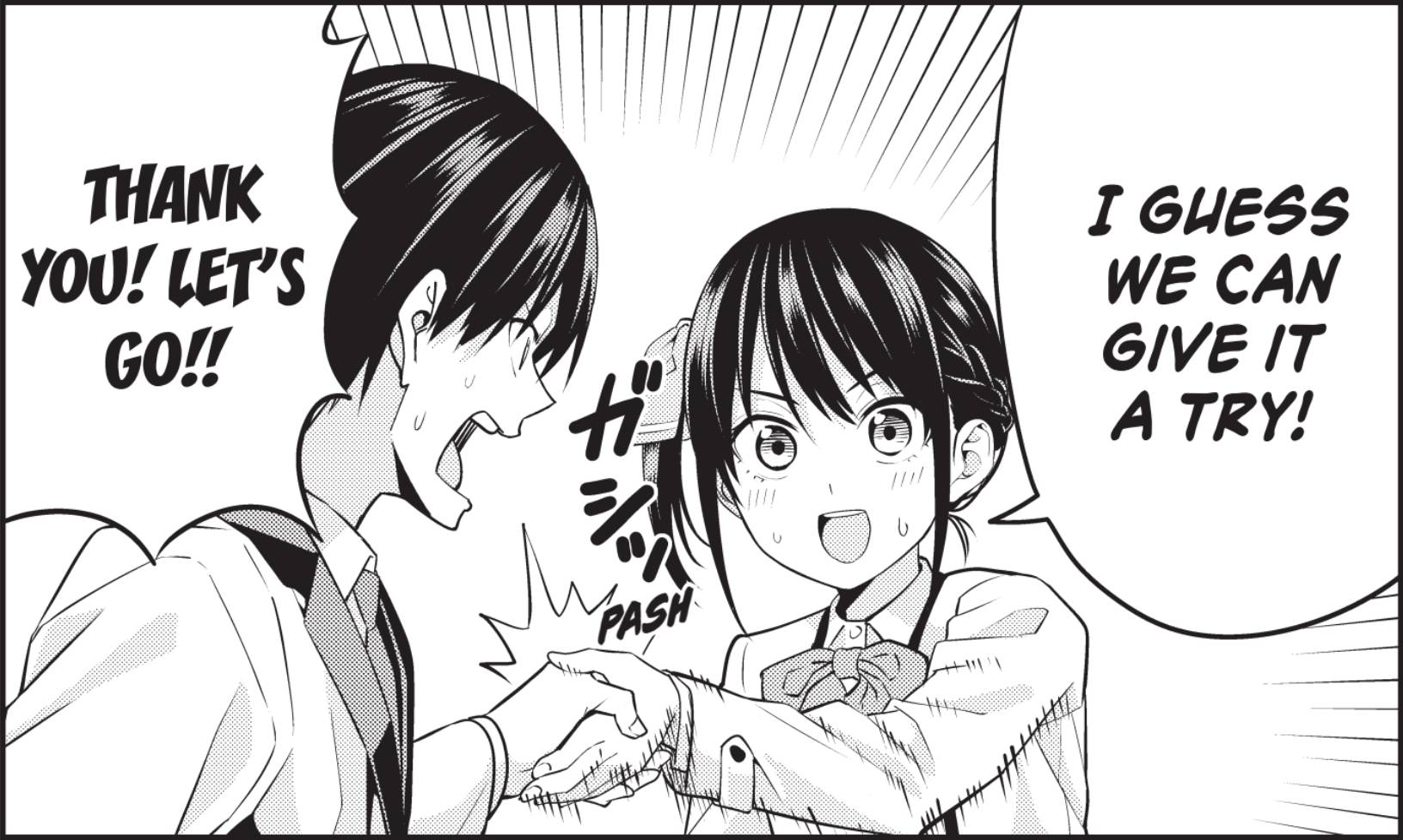
Participate In Discussions